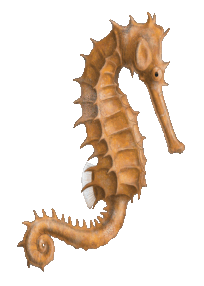I put these algae filters all in the same basket..........it's still useful info
You can get some algae from your scrubber tested on your own if you want.
The data is useful for macro algae filters since there are probably 10 fold more than the users of Algae scrubbers.
I'm just trying to pass on some helpful info into the thread.
Here's the full article.......what's also interesting is fish food also have plenty of trace elements and also some other useful tables.
You can get some algae from your scrubber tested on your own if you want.
The data is useful for macro algae filters since there are probably 10 fold more than the users of Algae scrubbers.
I'm just trying to pass on some helpful info into the thread.
Here's the full article.......what's also interesting is fish food also have plenty of trace elements and also some other useful tables.









